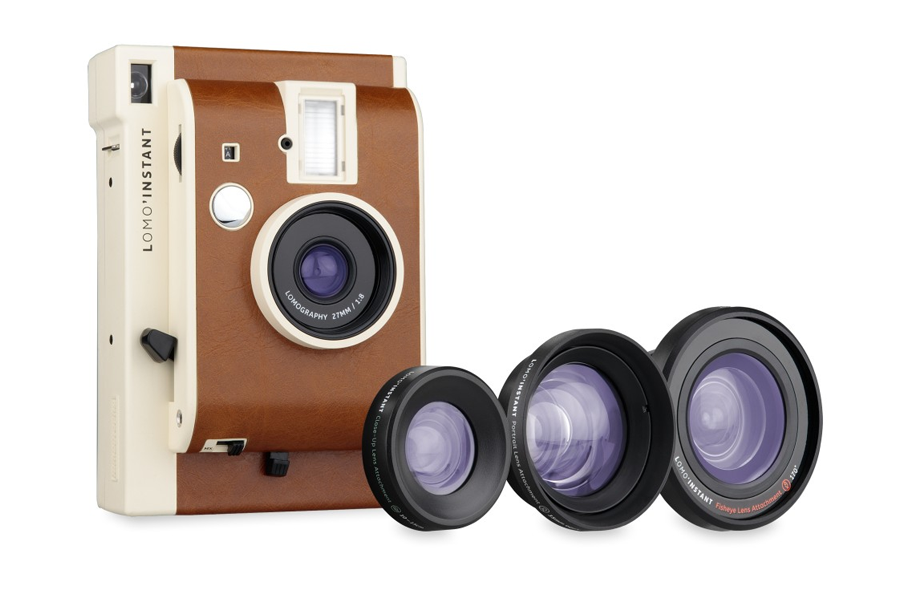

 Anti-glare (anti-reflective) coating - A coating that increases a lens’s light transmission. Scratch-resistant coating - A clear coating that reduces the likelihood of your lenses becoming scratched. In addition to your lens type and material, you can add lens enhancements to improve comfort and protection. In a nutshell, bifocals and trifocals allow people to see clearly at different distances without having to change glasses depending on the situation. Bifocals generally focus on distance and near vision, and trifocals focus on all three. Single vision lenses are prescribed if you need correction for one field of vision (there are three: distance, intermediate and near vision). Once you choose a lens material, your doctor will prescribe you single vision, bifocal or trifocal glasses. Chances are you won’t ever buy this type of lens, but we included it just so you know almost all contemporary “glasses” actually don’t have any glass in them. Glass lenses - Glass is actually rarely used nowadays because it’s heavy and can shatter easily, which could cause serious damage to your eyes. They’re designed to improve comfort and attractiveness for those with high prescriptions. High-index plastic lenses - With individuals seeking thinner and lighter eyewear, some manufacturers now offer high-index plastic lenses, which are the thinnest lenses available. In fact, polycarbonate is the preferred material for children’s wear, safety glasses and sports eyewear. Polycarbonate lenses - Even more lightweight and up to 10 times stronger than CR-39 plastic lenses, polycarbonate lenses are becoming increasingly popular.
Anti-glare (anti-reflective) coating - A coating that increases a lens’s light transmission. Scratch-resistant coating - A clear coating that reduces the likelihood of your lenses becoming scratched. In addition to your lens type and material, you can add lens enhancements to improve comfort and protection. In a nutshell, bifocals and trifocals allow people to see clearly at different distances without having to change glasses depending on the situation. Bifocals generally focus on distance and near vision, and trifocals focus on all three. Single vision lenses are prescribed if you need correction for one field of vision (there are three: distance, intermediate and near vision). Once you choose a lens material, your doctor will prescribe you single vision, bifocal or trifocal glasses. Chances are you won’t ever buy this type of lens, but we included it just so you know almost all contemporary “glasses” actually don’t have any glass in them. Glass lenses - Glass is actually rarely used nowadays because it’s heavy and can shatter easily, which could cause serious damage to your eyes. They’re designed to improve comfort and attractiveness for those with high prescriptions. High-index plastic lenses - With individuals seeking thinner and lighter eyewear, some manufacturers now offer high-index plastic lenses, which are the thinnest lenses available. In fact, polycarbonate is the preferred material for children’s wear, safety glasses and sports eyewear. Polycarbonate lenses - Even more lightweight and up to 10 times stronger than CR-39 plastic lenses, polycarbonate lenses are becoming increasingly popular. 
However, these lenses tend to be thicker than other types of available lenses.
Plastic lenses - Since it was first introduced in 1947, plastic (specifically a plastic polymer called CR-39) has been a popular material for lenses because of its light weight, low cost and excellent optical qualities. Glasses’ lenses can be made out of the following materials: Here’s a breakdown of some options for when it’s time for you to buy new glasses. 
OK, maybe glasses are not as glamourous as all that, but you get the idea: You’ve got options.Īnd although you have many features to choose from, that doesn’t mean shopping for eyewear is rocket science, either. You can actually add special enhancements to your eye prescription that fit your needs and match your style - just like all the add-ons you imagine in your ideal, custom luxury car or dream home. Luckily, you have more options than that. Many people think picking out a pair of glasses is only about choosing frames to go with whatever lenses their optometrist prescribes for them. So you’ve heard buying glasses is boring? Well, it all depends on how you look at it.








 0 kommentar(er)
0 kommentar(er)
